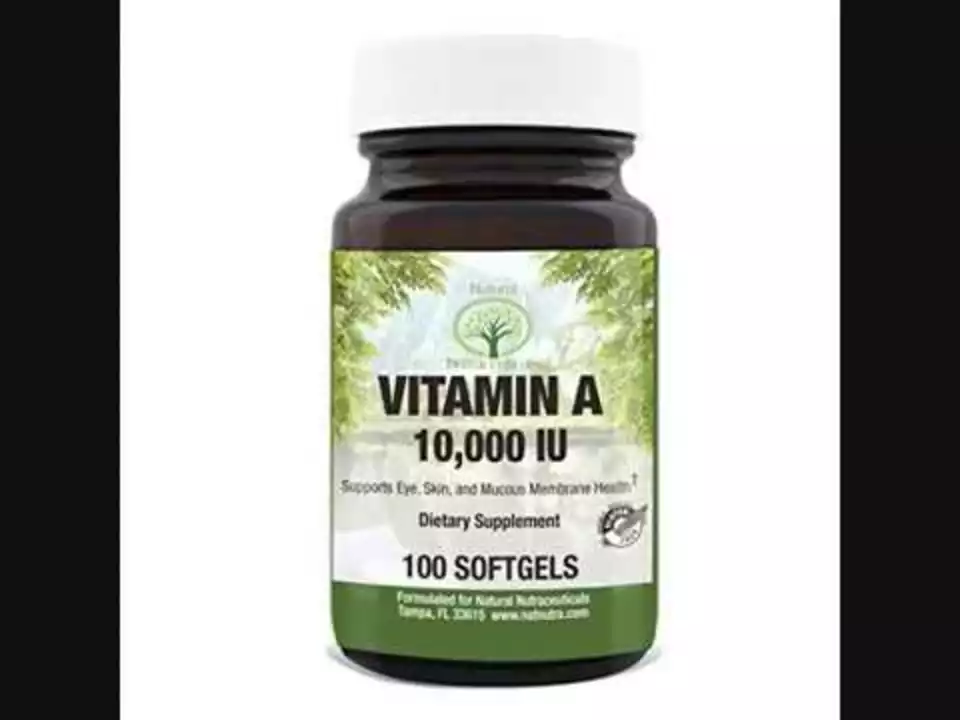Iron-Folic Acid: What You Need to Know
If your doctor suggested iron-folic acid, you probably want to know what it does, how to take it, and what to watch for. Iron and folic acid are often paired to treat or prevent anemia. Iron helps make hemoglobin, the protein that carries oxygen in your blood. Folic acid (vitamin B9) helps your body make new red blood cells and is crucial during pregnancy to lower the risk of neural tube defects.
Who usually needs this combo? Pregnant people, people with diagnosed iron-deficiency anemia, and those recovering from surgery or heavy blood loss. Vegetarians and vegans can also be low in iron since plant iron is less absorbable. Women with heavy periods commonly take iron-folic acid too. Your clinician will check blood tests like hemoglobin and ferritin before recommending a dose.
How to take it
Take iron-folic acid as your provider prescribes. Iron absorbs best on an empty stomach, but if it makes you nauseous, take it with a small amount of food. Avoid calcium-rich foods, antacids, or tea within two hours of the dose because they reduce iron absorption. Vitamin C and citrus juices help absorption, so pair your pill with orange juice if you can. Follow the timing and the full course—stopping early can mean your iron stores never recover.
Side effects and safety tips
Common side effects are stomach upset, constipation, dark stools, and occasional nausea. For constipation, increase fiber, drink more water, and move more. If nausea is bad, try a lower dose pill or liquid iron—ask your pharmacist. Never take iron supplements if you have hemochromatosis, a condition that causes iron overload. High doses of folic acid can hide vitamin B12 deficiency, so doctors often check B12 before long-term use.
Watch for signs of allergic reactions like rash, swelling, or difficulty breathing and get immediate help. If your child swallows adult iron pills, treat it as an emergency and call poison control; iron overdose can be dangerous. Keep supplements out of reach of kids.
How long until you feel better? Some people notice more energy in two to four weeks, but full recovery of iron stores can take three months or longer. Regular blood tests help track progress. If symptoms persist or your labs don't improve, your clinician may check for sources of blood loss, absorption issues, or other causes.
Choosing a product: Look for reputable brands, check the label for elemental iron amount, and confirm the folic acid dose is correct—often 400–800 mcg for prevention and higher for treatment during pregnancy under medical advice. Buying from trusted pharmacies or online vendors with clear contact info reduces risk of counterfeit or low-quality products.
Questions? Bring your concerns to your healthcare provider and ask about interactions with other meds. Proper use of iron-folic acid is a straightforward way to support blood health when guided by testing and medical advice.
Also ask about interactions with antibiotics and antacids, and whether weekly or daily dosing fits your long term care plan.

How to Choose the Right Iron-Folic Acid Supplement for You
Choosing the right iron-folic acid supplement can be overwhelming, but it's essential for my overall health. Firstly, I need to consider the dosage of both iron and folic acid, ensuring it meets my daily requirements. Secondly, I should look for a supplement with good absorption rates, as it will help my body utilize the nutrients better. It's also important for me to check for any additional ingredients, such as vitamin C, which can improve iron absorption. Lastly, I must consult my doctor for personalized advice, as they can help me make the best decision for my unique needs.
View More




